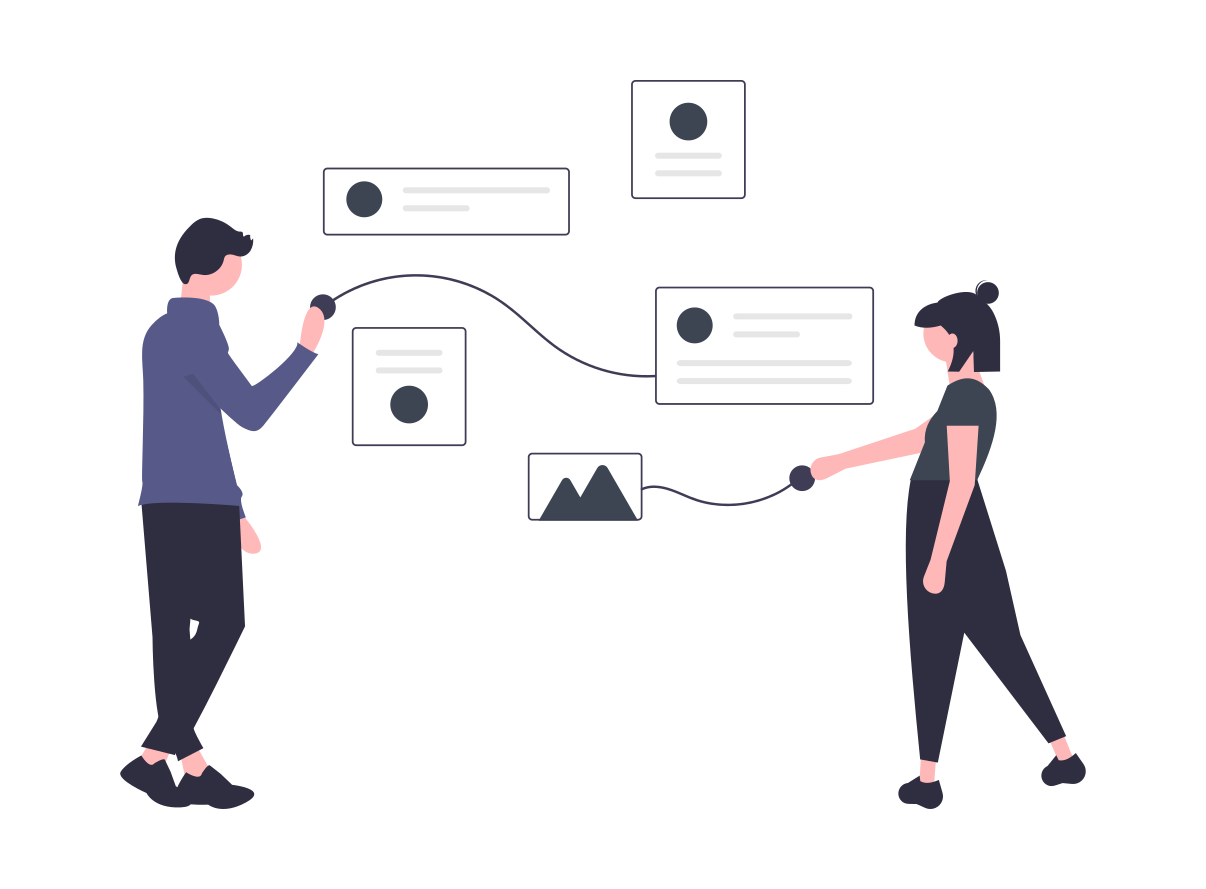Digital products are different
In terms of commercialization, digital products differ from classic “tangible” products such as industrial goods. Unlike these, it is not possible to base pricing for software or platforms (e.g., CRM or ERP) or digital services on manufacturing costs in a meaningful way. In addition, there is usually a lack of empirical values for prices, as digital innovations make new business models, applications and solutions possible.
Value-based pricing and sophisticated value selling therefore make more sense. This requires systematically determining the value of the digital product from the customer’s point of view and translating it into a scalable pricing and business model. The pricing of digital products therefore includes new pricing models that usually better capture the value for the customer: Comprehensive subscription models with bundling of hardware, software, managed and remote services, and consulting are becoming increasingly popular. The hybrid offering of hardware and services is often referred to as EaaS (“Everything as a Service”).
Key points of successful commercialization of digital products, services and software
In our experience, the successful commercialization of digital solutions is closely tied to value-based pricing and a sales strategy tailored to this. Often, the necessary structures in sales are missing to place genuine digital products in new and partly unknown market segments. Market knowledge, such as the customer journey, central touchpoints and product experience, i.e., the value drivers, must therefore be built up for the go-to-market.
We recommend initially focusing on a few core points for digital solutions, “cultivating” pilot segments and developing these further in an agile manner.
Success factors for marketing
There are five key success factors for marketing digital products, software and services:
Precise customer segmentation
Who are the customers with whom I can most quickly create a sufficiently large customer base for the product in a targeted strategy?
A differentiated product offering
How can the product be offered in different performance classes, for example editions or bundles, in order to be able to tap heterogeneous willingness to pay?
A value assessment from the customer's point of view
What are the relevant value drivers of the options for each segment? How can these best be quantified?
A scaling business and pricing model
How can the value to the customer be mapped into a scaling business and pricing model with appropriate metrics (pay per "X") that grows with value and willingness to pay?
An effective distribution
How can the digital product be optimally distributed? What are the levers that reduce churn in pre-sales and aftersales and promote retention, recovery, extension, cross-selling and upselling? Which functions (for example, marketing, customer success or revenue management) and which sales organization is required?
How to: Valuing Digital Products, Services & Software for Optimal Pricing
The key points presented are intended as an initial overview of factors that can be used to successfully offer a digital product to initial customers. Each of the points should be designed in such a way that commercialization can grow along with the organization’s growing market success and experience.

When determining value, it is sufficient to first conduct a small study with test customers. The goal is to sound out and quantify the added value of the new digital product compared to the next-best alternatives (NBA) on the market. Even a simple prioritization of functions by the customer generates insights that can later be translated into an initial pricing model by expert estimates.

When talking to customers, a structured approach that combines direct price queries, prioritization and classification into a customer segment is ideal. Digital products can be easily split into solutions for specific applications or “editions” with different sized feature sets through a modular feature set. Customers then select according to need and willingness to pay, and the risk of a “wrong” price for the provider is reduced. The product offering thus combines the need from customer segmentation with a scaling business and pricing model.
Experience with digital solutions
In recent years, Roll & Pastuch has worked with clients from a wide range of industries to develop successful concepts for marketing and pricing digital services, products and software, including:
- A scaling pricing model for a Software as a Service (SaaS) solution with appropriate metrics for law firms with varying law firm sizes and price increases
- The blueprint for designing pricing models of various digital products for a technology company – from simple embedded modules to production control software
- The design of a SaaS pricing model for analytics software in radiation diagnostics to generate for higher revenue potential for the manufacturer
- The development of a bundle of digital modules for a manufacturer of machine tools to minimize sales efforts
Learn more about your pricing potential
We will be happy to answer your questions and provide you with further information on pricing and marketing of digital products, services and software.

Kai Pastuch
Kai Pastuch is Managing Director of Prof. Roll & Pastuch. Before joining as Managing Partner, he was Director at a leading international strategy and marketing consultancy. As a graduate in business informatics, he also manages our software company nueprice, which specializes in the pricing of spare parts with the product of the same name. Mr. Pastuch has extensive project management experience from numerous projects for large international companies and German medium-sized businesses in the areas of price management, marketing, sales and strategy. In addition to numerous publications in renowned journals and the publication of the reference books Praxishandbuch Preismanagement and Big Deal Management, he is a sought-after moderator and speaker on all aspects of sales and pricing. As a practice-oriented manager, he likes to get personally involved in our projects and contributes his broad experience in workshops and steerings.
